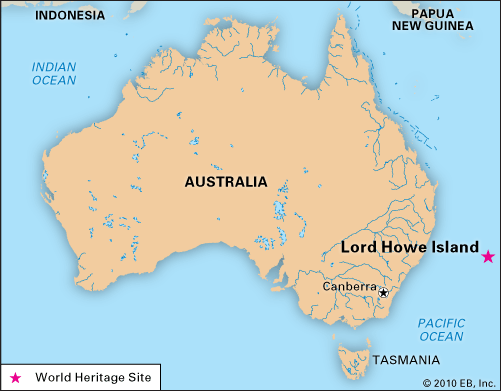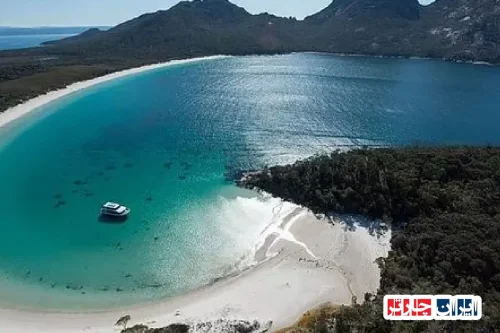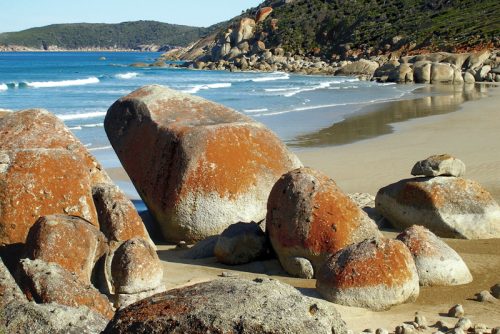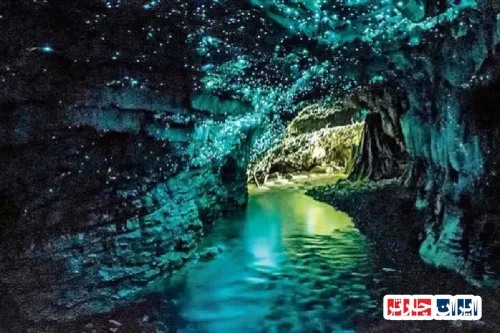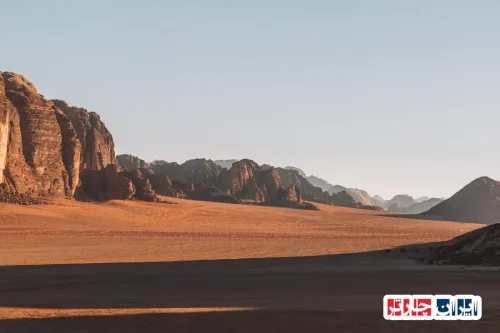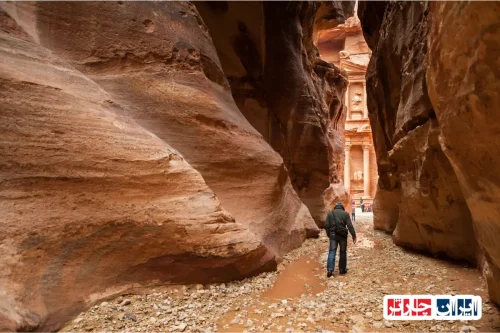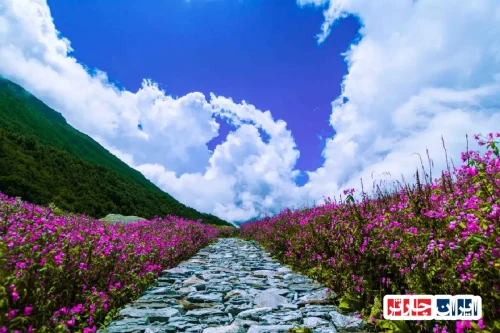Discover the Unique Beauty of Lord Howe Island, New South Wales, Australia
Lord Howe Island, located off the coast of New South Wales, Australia, is a pristine paradise renowned for its breathtaking landscapes, rich biodiversity, and fascinating geological history. This remote island, part of the Australian territory, offers visitors a unique opportunity to experience unspoiled nature, vibrant marine life, and diverse ecosystems. With its lush forests, stunning coral reefs, and dramatic volcanic formations, Lord Howe Island stands out as a jewel in the Pacific Ocean. The island’s protected status and UNESCO World Heritage designation highlight its global significance as a natural wonder. Whether you’re interested in exploring scenic hiking trails, snorkeling in crystal-clear waters, or observing rare bird species, Lord Howe Island provides an unforgettable experience for nature lovers and adventure seekers alike. Its commitment to conservation ensures that this extraordinary environment remains preserved for future generations. Discover more about this remarkable destination and plan your visit to Lord Howe Island, a true natural marvel of New South Wales, Australia.
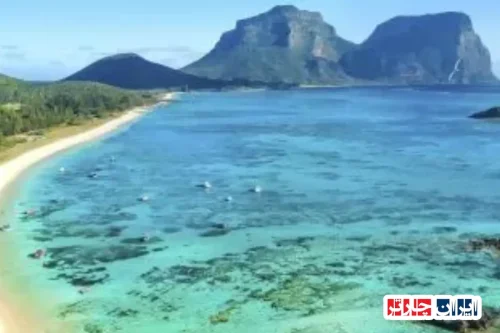
Discover the Unique Geography and Geological Formation of Lord Howe Island, New South Wales, Australia
Lord Howe Island, located off the eastern coast of Australia in New South Wales, is a remarkable volcanic remnant formed through ancient tectonic and volcanic activity. Its landmass is the result of millions of years of geological processes, including eruptions that created its rugged terrain and lush landscapes. The island’s distinctive topography features towering volcanic peaks, deep valleys, and extensive coral reefs surrounding its shores, making it a prime example of volcanic island formation in the Pacific region. The island’s geology offers valuable insights into Earth’s volcanic activity and tectonic movements, attracting geologists and nature enthusiasts alike. Its unique landforms have been shaped by erosion, sedimentation, and ongoing natural processes, creating a dynamic and ever-changing environment that continues to fascinate scientists and visitors. Understanding the island’s geological history is essential for appreciating its ecological diversity and natural beauty, as well as for implementing effective conservation strategies. The island’s volcanic origin also contributes to its rich soil, supporting a diverse range of native flora and fauna endemic to this isolated ecosystem.
Exploring the Breathtaking Natural Landscapes and Iconic Landmarks of Lord Howe Island, New South Wales, Australia
Lord Howe Island boasts some of the most stunning natural scenery in Australia, making it a sought-after destination for travelers seeking pristine beaches, lush forests, and dramatic mountain vistas. The island’s iconic landmarks include Mount Gower, a towering volcanic peak offering challenging hikes and panoramic views of the surrounding ocean and landscape. The island’s coral reefs, such as Balls Pyramid and the surrounding marine protected areas, provide exceptional opportunities for snorkeling, scuba diving, and marine exploration. Visitors can enjoy the white sandy beaches of Ned’s Beach and Lagoon Beach, perfect for relaxing or engaging in water sports. The island’s dense subtropical forests are home to rare bird species and unique plant life, offering excellent birdwatching and eco-tourism experiences. Scenic walking trails wind through the island’s diverse ecosystems, revealing hidden waterfalls, native flora, and breathtaking coastal cliffs. These landscapes not only serve as natural attractions but also play a vital role in maintaining the island’s ecological balance and biodiversity. Preserving these scenic wonders is crucial for sustaining the island’s reputation as a pristine natural paradise in New South Wales, Australia.
Endemic Wildlife and Rare Species of Plants and Animals on Lord Howe Island, New South Wales, Australia
The island is a sanctuary for unique and endangered species, many of which are found nowhere else on Earth. Endemic bird species such as the Lord Howe Island Phasmid and the Providence Petrel thrive in the island’s protected habitats, contributing to its reputation as a biodiversity hotspot. The island’s flora includes rare plant species like the Kentia Palm and various native shrubs that have adapted to the island’s climate and soil conditions. The surrounding marine environment supports diverse marine life, including colorful coral reefs, fish species, and marine mammals. The island’s isolation has led to remarkable evolutionary processes, resulting in species that are highly specialized and vulnerable to environmental changes. Conservation efforts focus on protecting these endemic species from invasive predators, habitat destruction, and climate change impacts. The preservation of this unique ecosystem is vital for maintaining the island’s ecological integrity and for scientific research into island biodiversity and evolution. Visitors are encouraged to respect conservation guidelines to help sustain the island’s rich biological heritage for future generations.
The Role of Sustainable Tourism in Preserving Lord Howe Island, New South Wales, Australia
Tourism on Lord Howe Island is carefully managed to balance economic benefits with environmental preservation. The island’s remote location and fragile ecosystems necessitate sustainable practices that minimize ecological footprints. Regulations limit the number of visitors, enforce strict waste management policies, and promote eco-friendly activities such as guided nature walks, wildlife observation, and responsible diving. Educational programs aim to raise awareness among tourists about the importance of conserving the island’s unique biodiversity and cultural heritage. Local authorities collaborate with conservation organizations to implement initiatives that protect native species and habitats from invasive species and human impact. Sustainable tourism also supports local communities by providing employment opportunities and promoting cultural exchange. Visitors are encouraged to follow guidelines that prevent habitat disturbance, avoid littering, and respect wildlife. These efforts ensure that Lord Howe Island remains a pristine natural wonder, preserving its ecological and scenic value for generations to come while offering a memorable experience for eco-conscious travelers.
Adventure and Recreational Activities on Lord Howe Island, New South Wales, Australia
Adventure seekers will find a wide range of activities to enjoy on Lord Howe Island, from hiking and mountain climbing to water sports and birdwatching. The challenging ascent of Mount Gower is a highlight for hikers, offering spectacular views and a sense of achievement. The island’s protected waters are ideal for snorkeling and scuba diving, revealing vibrant coral reefs teeming with marine life. Kayaking and stand-up paddleboarding are popular ways to explore the coastline and hidden coves. Birdwatchers can observe rare and endemic species such as the Lord Howe Island Woodhen and the Kermadec Petrel. For those interested in marine exploration, whale watching tours operate seasonally, providing opportunities to see migrating whales in their natural habitat. The island also offers eco-tours, guided nature walks, and educational programs that highlight its ecological significance. These activities promote outdoor recreation while fostering appreciation and respect for the island’s delicate environment, ensuring that adventure tourism remains sustainable and environmentally responsible.
Impact of Climate Change and Conservation Strategies on Lord Howe Island, New South Wales, Australia
Climate change poses significant threats to the delicate ecosystems of Lord Howe Island, including rising sea levels, increased storm intensity, and temperature fluctuations. These changes threaten native species, coral reefs, and coastal habitats, potentially leading to loss of biodiversity and ecological imbalance. In response, conservation organizations and local authorities have developed comprehensive strategies to mitigate these impacts. Initiatives include habitat restoration, invasive species control, and the establishment of marine protected areas to safeguard coral reefs and marine life. Efforts are also underway to monitor climate trends and implement adaptive management practices. Education campaigns aim to raise awareness among residents and visitors about the importance of reducing carbon footprints and supporting conservation efforts. International collaborations and recognition as a UNESCO World Heritage site bolster funding and policy support for ongoing preservation projects. Protecting Lord Howe Island from climate change is essential to maintaining its status as a pristine natural sanctuary and ensuring the resilience of its unique ecosystems for future generations.
Historical Heritage and Cultural Significance of Lord Howe Island, New South Wales, Australia
The history of Lord Howe Island is rich with stories of discovery, indigenous heritage, and maritime significance. Although the island was first charted by European explorers in the late 18th century, it holds cultural importance for the indigenous peoples of the region, who relied on its resources for centuries. The island’s strategic location made it an important stopover for ships navigating the Pacific, contributing to its historical role in regional trade and exploration. Archaeological findings suggest that early inhabitants utilized the island’s native plants and marine resources sustainably. Today, conservation efforts include preserving historical sites, such as old shipwrecks and indigenous artifacts, which tell the story of the island’s cultural evolution. The local community actively promotes awareness of the island’s heritage through educational programs and cultural events. Recognizing and respecting this cultural significance enhances visitors’ understanding of the island’s identity and fosters a sense of stewardship for its historical and cultural legacy.
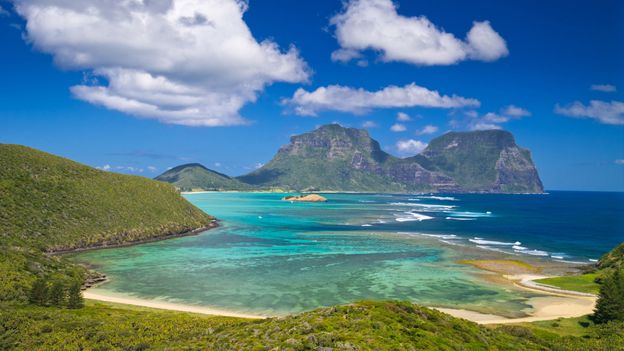
Frequently Asked Questions about Lord Howe Island, New South Wales, Australia
- What is the geological origin of Lord Howe Island?
- Lord Howe Island is a volcanic remnant formed through ancient tectonic and volcanic activity. Its rugged terrain results from millions of years of eruptions, erosion, and sedimentation, creating towering peaks, deep valleys, and coral reefs surrounding the island. The island’s geology provides valuable insights into Earth’s volcanic processes and tectonic movements.
- How were the landscapes of Lord Howe Island shaped?
- The island’s landscapes have been shaped by volcanic activity, erosion, and natural sedimentation over millions of years. These processes resulted in features like Mount Gower, coral reefs, and lush subtropical forests, making it a diverse natural environment.
- What are the main natural landmarks of Lord Howe Island?
- Key landmarks include Mount Gower, Balls Pyramid, Ned’s Beach, Lagoon Beach, and the surrounding coral reefs. These sites offer scenic views, hiking opportunities, and marine exploration experiences.
- What endemic species can be found on Lord Howe Island?
- The island is home to unique species such as the Lord Howe Island Phasmid, Providence Petrel, Kentia Palm, and native shrubs. Its isolated ecosystem has led to remarkable evolutionary adaptations among its flora and fauna.
- How does sustainable tourism benefit Lord Howe Island?
- Sustainable tourism helps preserve the island’s fragile ecosystems by limiting visitor numbers, promoting eco-friendly activities, and enforcing conservation policies. It also supports local communities and enhances environmental awareness among travelers.
- What activities can visitors enjoy on Lord Howe Island?
- Visitors can hike Mount Gower, snorkel in coral reefs, explore marine life through diving, go birdwatching for endemic species, kayak along the coast, and participate in eco-tours and nature walks.
- What are the main environmental threats to Lord Howe Island?
- Climate change, rising sea levels, increased storm activity, and invasive species pose significant threats. These impacts threaten native habitats, coral reefs, and biodiversity, prompting conservation efforts to mitigate their effects.
- How is climate change affecting Lord Howe Island?
- Climate change leads to rising sea levels, coral bleaching, and habitat loss. These changes threaten endemic species and the island’s ecological balance, prompting initiatives for habitat restoration and marine protection.
- What conservation strategies are in place for Lord Howe Island?
- Strategies include habitat restoration, invasive species control, marine protected areas, and environmental education programs. These efforts aim to safeguard native species and maintain ecological integrity.
- What is the historical significance of Lord Howe Island?
- The island has a rich history of indigenous use, European discovery, and maritime importance. It served as a stopover for ships and features archaeological sites and shipwrecks that tell its cultural story.
- How do local communities contribute to preserving Lord Howe Island?
- Local residents participate in conservation initiatives, promote eco-tourism, and maintain cultural heritage through educational programs and cultural events, ensuring sustainable development.
- What role does Lord Howe Island play in scientific research?
- The island offers a unique environment for studying island biodiversity, evolution, and climate change impacts. Its endemic species and pristine ecosystems are valuable for scientific investigations.
- Are there any restrictions for tourists visiting Lord Howe Island?
- Yes, visitor numbers are limited to protect the environment. Regulations include waste management policies, guidelines for wildlife interaction, and restrictions on certain activities to minimize ecological impact.
- What makes Lord Howe Island a UNESCO World Heritage site?
- The island’s exceptional natural beauty, unique biodiversity, geological significance, and well-preserved ecosystems have earned it UNESCO recognition, emphasizing the importance of its conservation.
- How can visitors help in conserving Lord Howe Island?
- Visitors should follow environmental guidelines, avoid littering, respect wildlife, participate in eco-friendly activities, and support local conservation efforts to ensure the island remains pristine for future generations.
